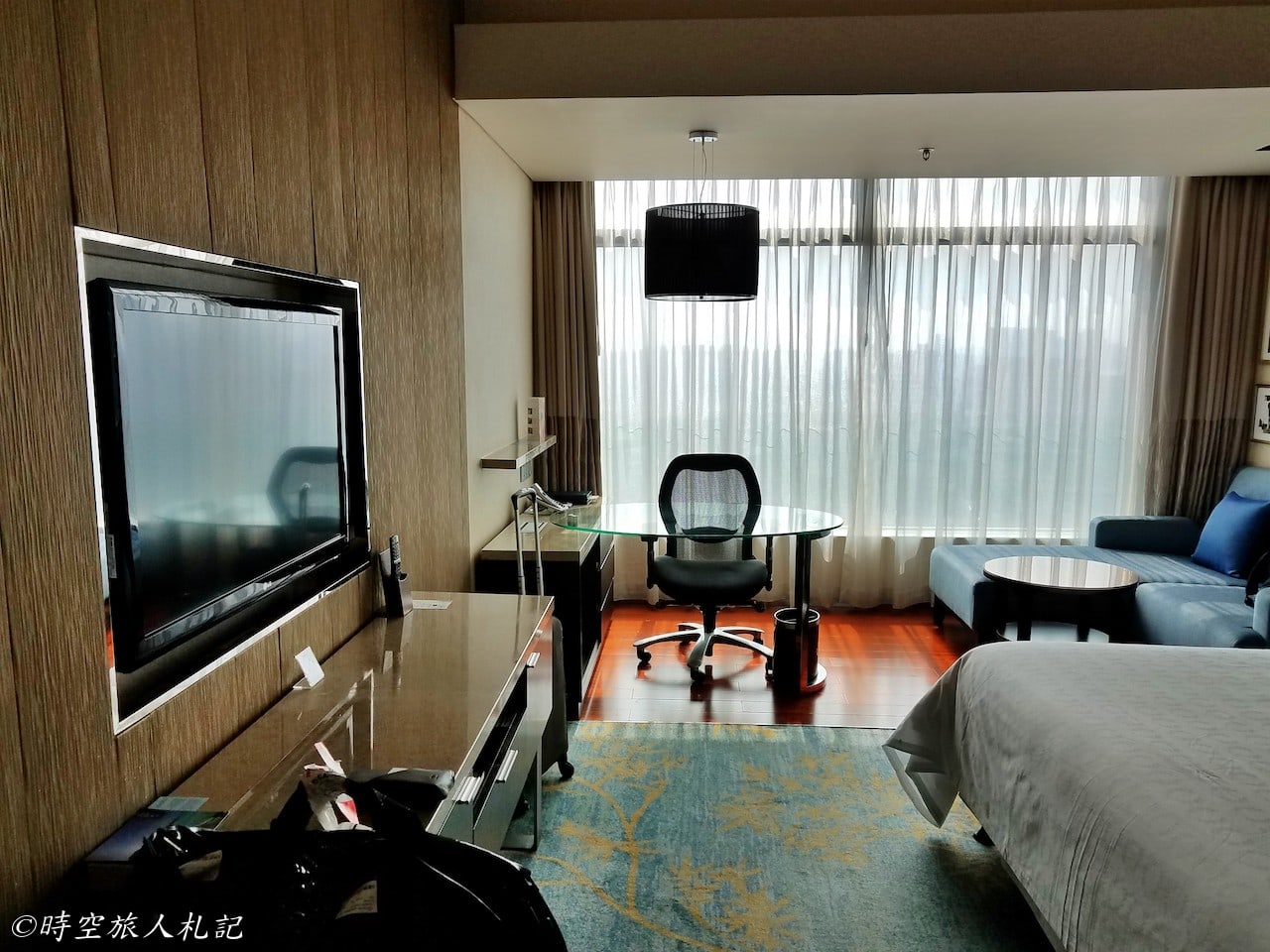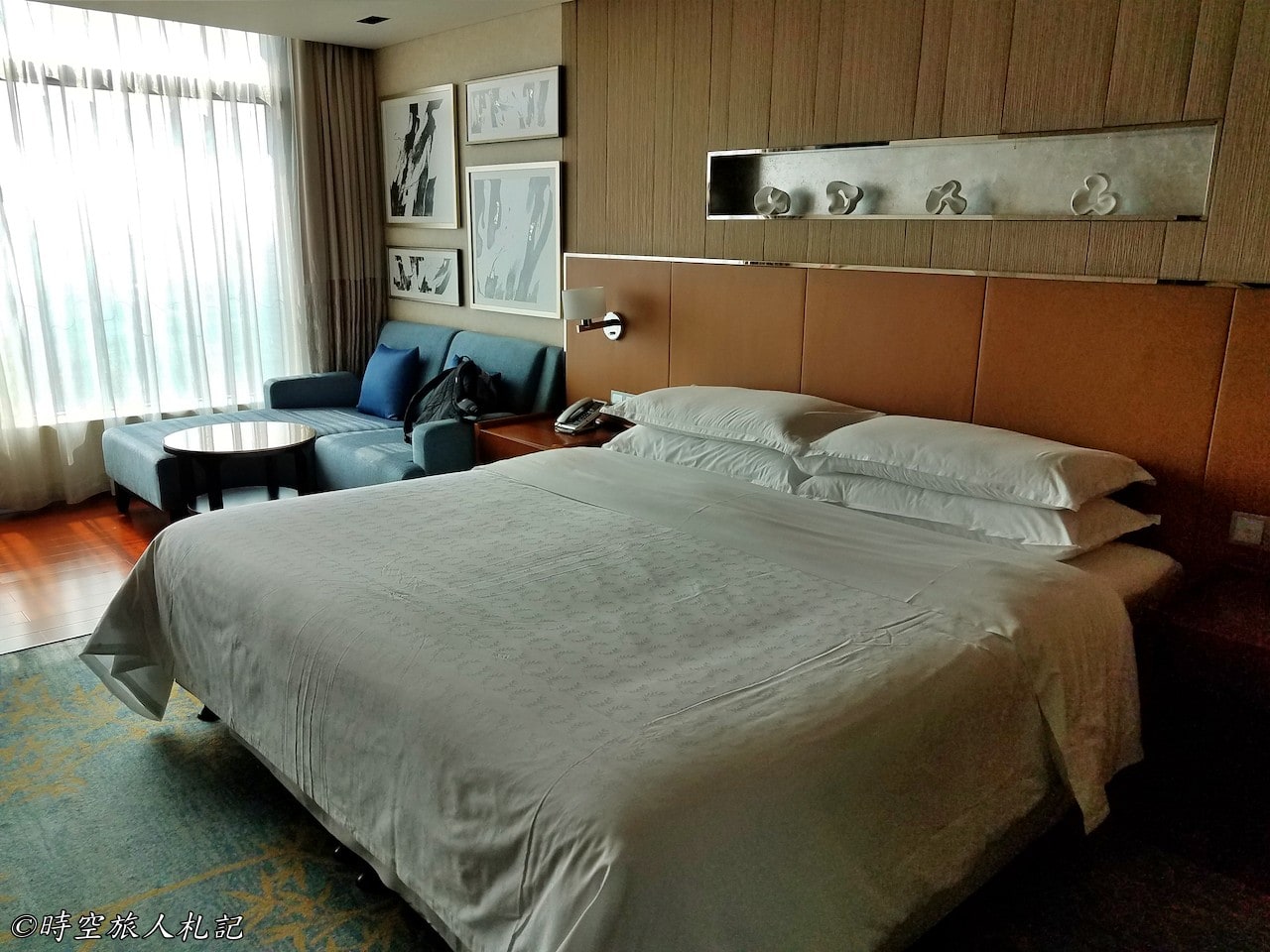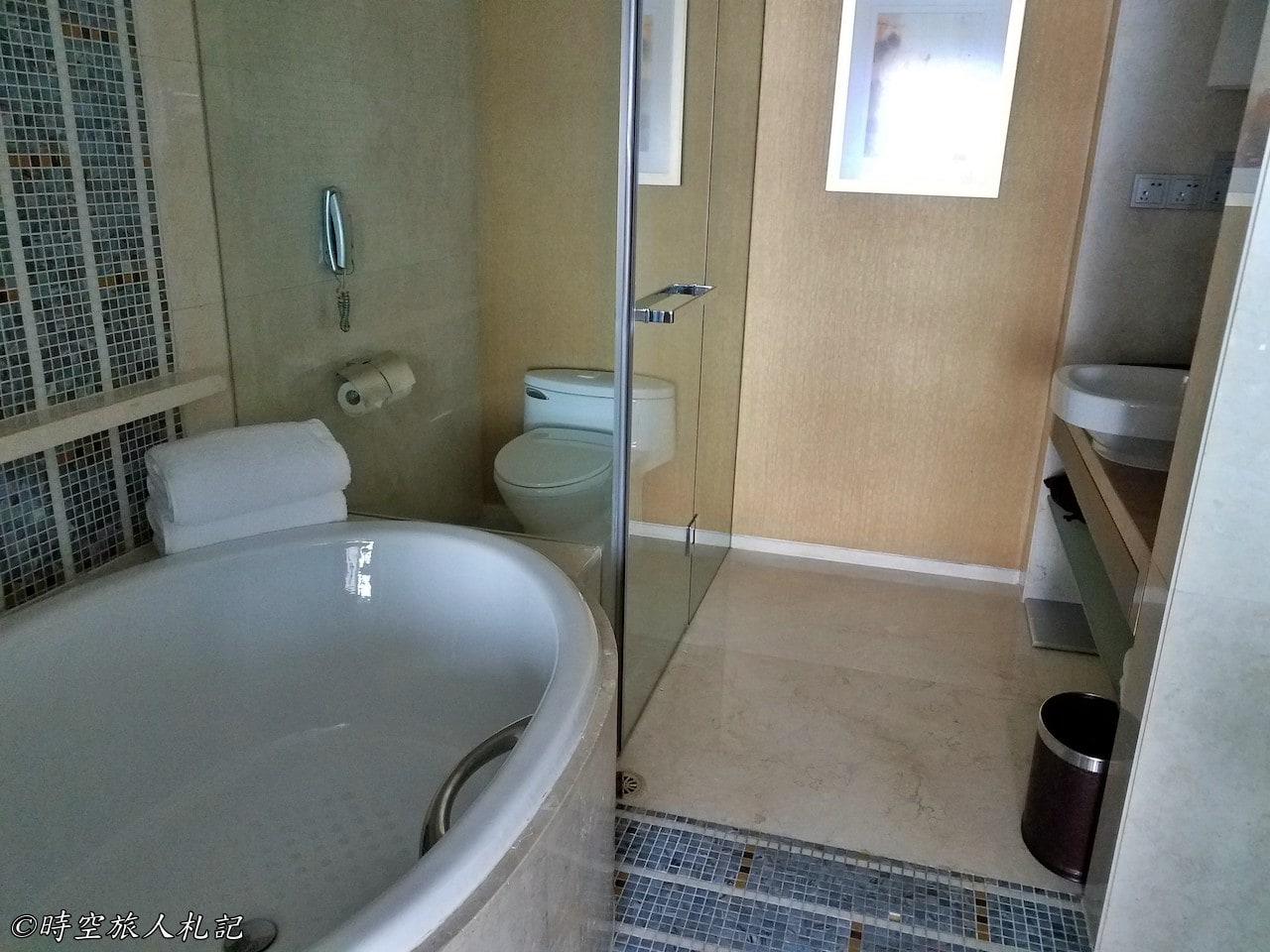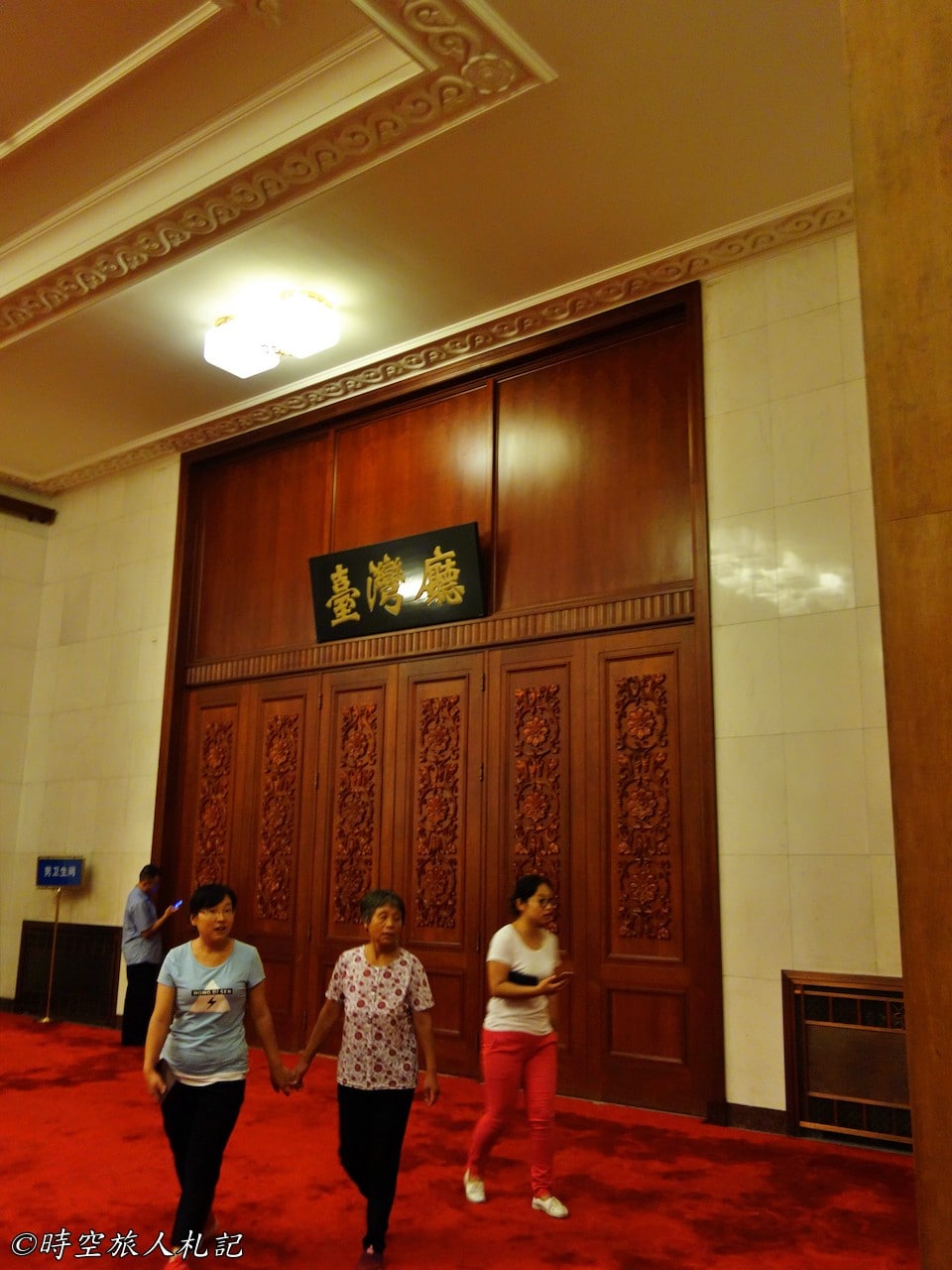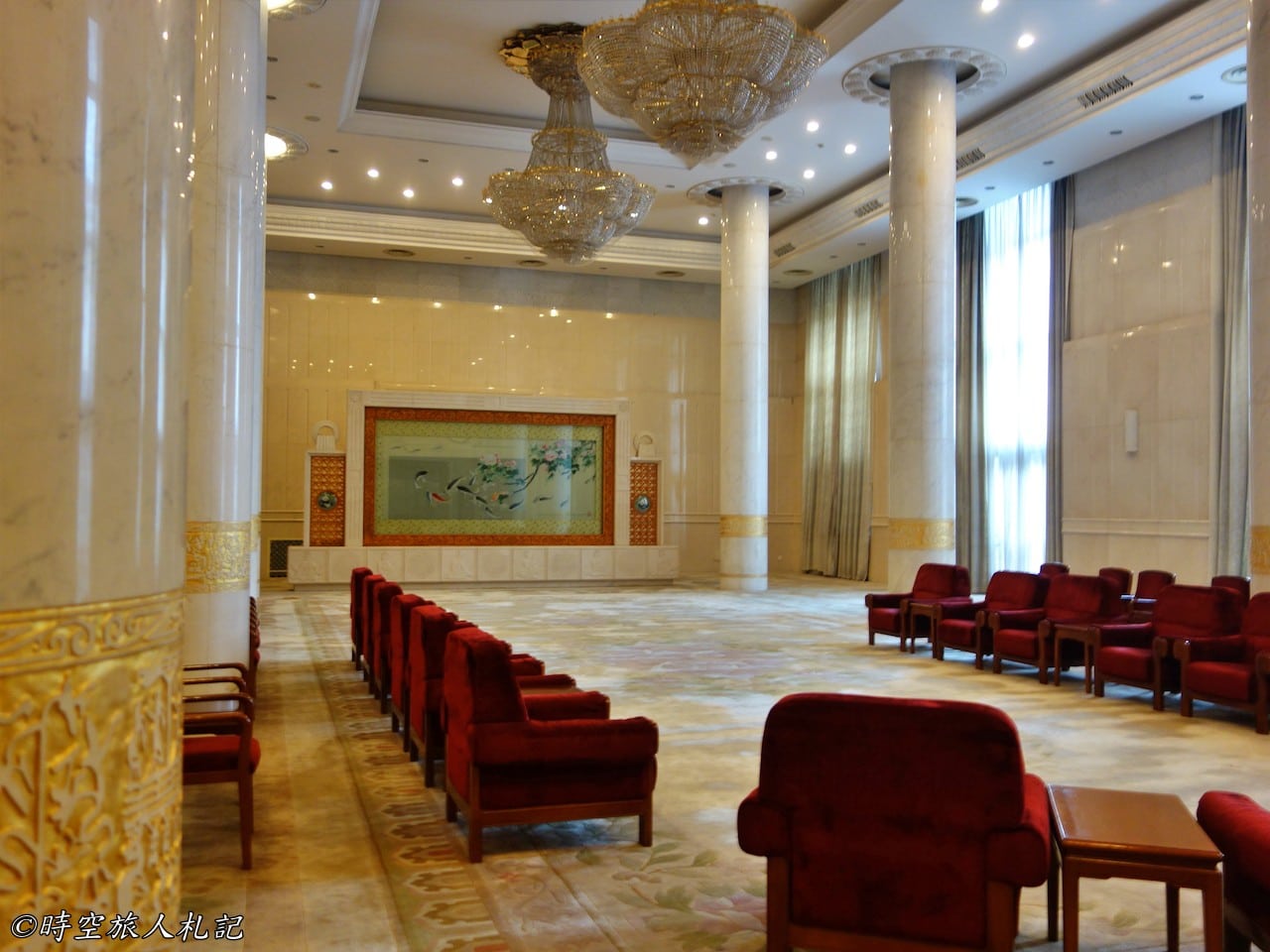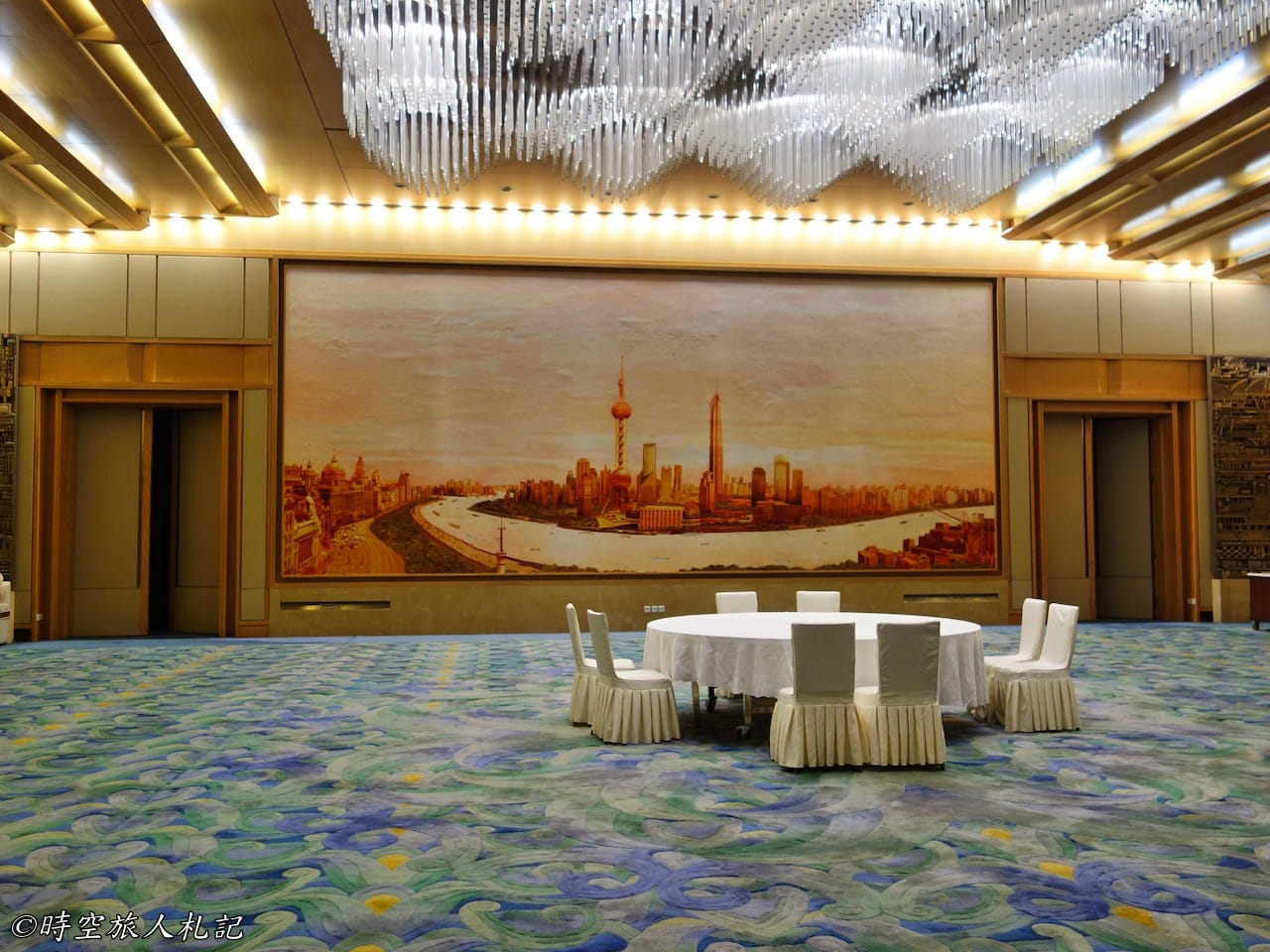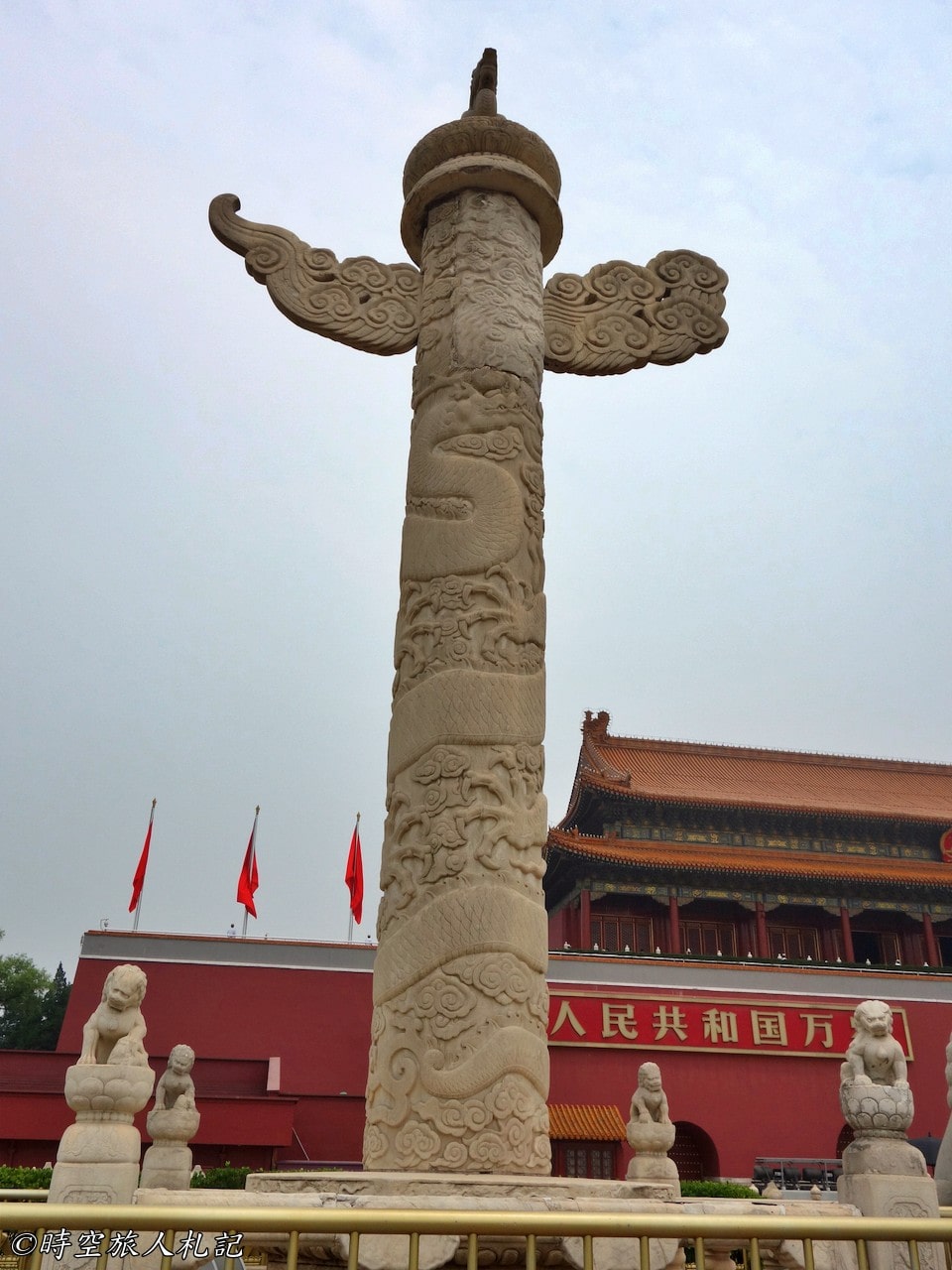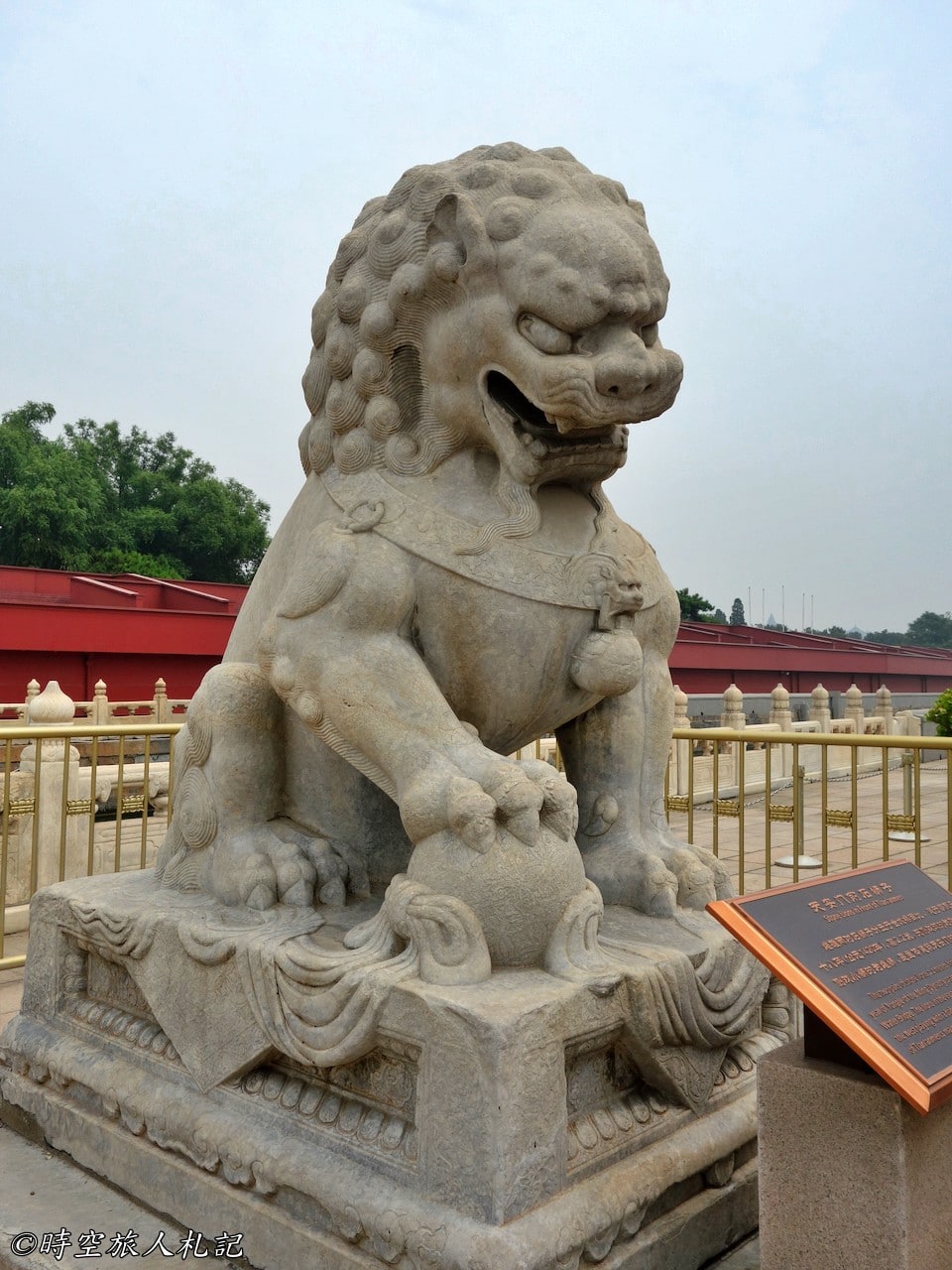Table of Content
Beijing Day Trip Itinerary & Accommodation
Taking advantage of my work trip, I took a day trip to Beijing. The day's itinerary was roughly as follows: start at the Great Hall of the People in the morning and then visit Tiananmen Square,National Palace MuseumAfter lunch, go toShizahai, scenic area of northwest ChinaThis time, I had a local colleague to accompany me. This time, I was accompanied by a local colleague, so transportation was not a problem, but judging from the map, it was quite easy to complete the trip in one day.
Although the tour was a one-day trip, it was actually a two-day trip to Beijing. This time, we stayed atCrowne Plaza Beijing ZhongguancunThe facilities are not bad for a business hotel.
the Great Hall of the People in Beijing
The first stop on our sightseeing tour was the Great Hall of the People, which is where the Chinese National People's Congress (NPC) meets, somewhat similar to the Legislative Yuan in Taiwan. It is located on the west side of Tiananmen Square, and there is an entrance fee.
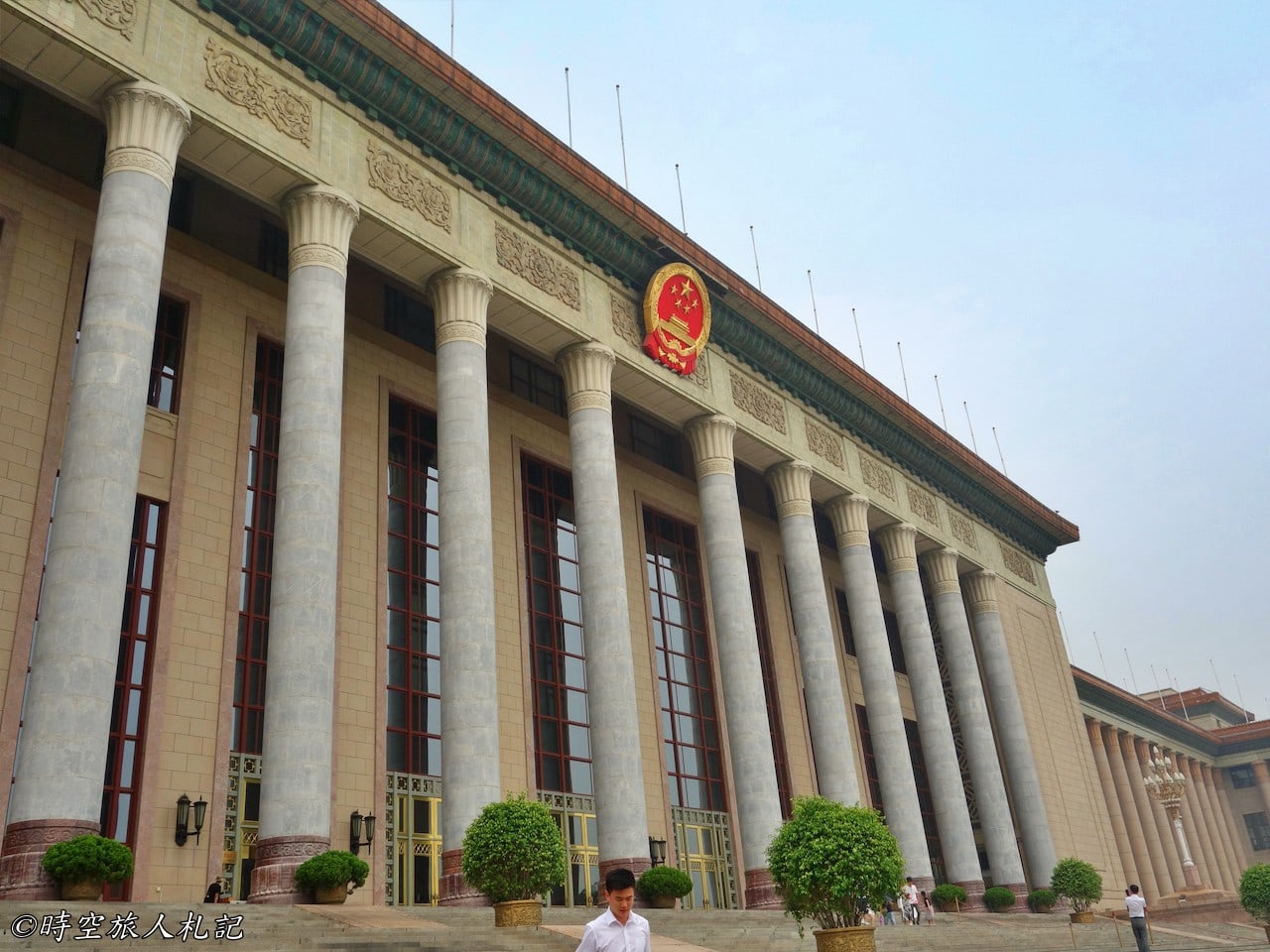
Since it is a place for discussion, how are things discussed? All provinces and municipalities have their own halls for discussing the affairs of the region. China has also set up a Taiwan Hall here, presumably to discuss Taiwan-related matters. However, the Taiwan Hall is not open to the public, so I didn't get to see the interior of the hall. Other halls can be visited, but the interior is decorated with local specialties, for example, Sichuan has a panda, and Guangdong has a big round table (does this mean Guangdong is all about food?).
Apart from the Council Chamber, there are of course larger halls such as the Banquet Hall and so on, and they are all open for visits. Colleagues said that a more interesting place is the Welcome Hall, where foreign guests are received for photo-taking, and some people imitate foreign guests to take photos there.
When I visited the auditorium, there was a rehearsal for a play that seemed to be about the revolution.
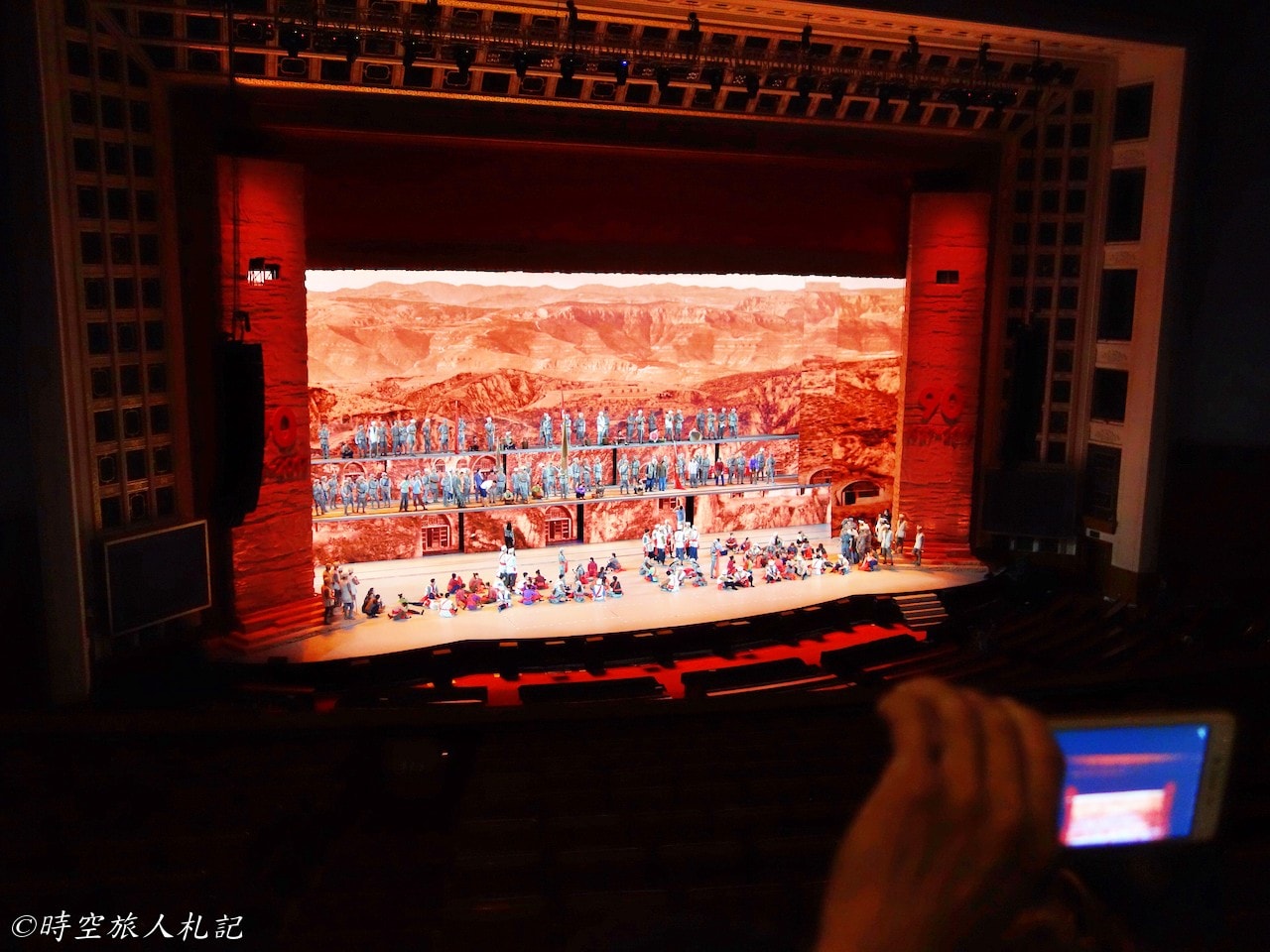
Tiananmen Square
After visiting the Great Hall of the People, you can cross the street to Tiananmen Square on the east side. Tiananmen Square is probably not unfamiliar to most people, it is the place where the Tiananmen Square Incident took place. My colleague, who is a local Beijinger, explained to us how the incident happened at that time (of course, we heard about it from the old generation). Nowadays, there is the Monument to the People's Heroes (in honor of the anti-Japanese heroes) in Tiananmen Square, with Chairman Mao's Memorial Hall at the back.

Tiananmen Square is the entrance to the Forbidden City in Beijing. Tiananmen was the main gate of the imperial city in ancient times, which shows the importance of its location. Nowadays, there are guards here, just like in Taiwan's Founding Father's Memorial Hall and the Presidential Palace, the guards can't move while they are standing. However, the guards here have another person in front of them to protect them.
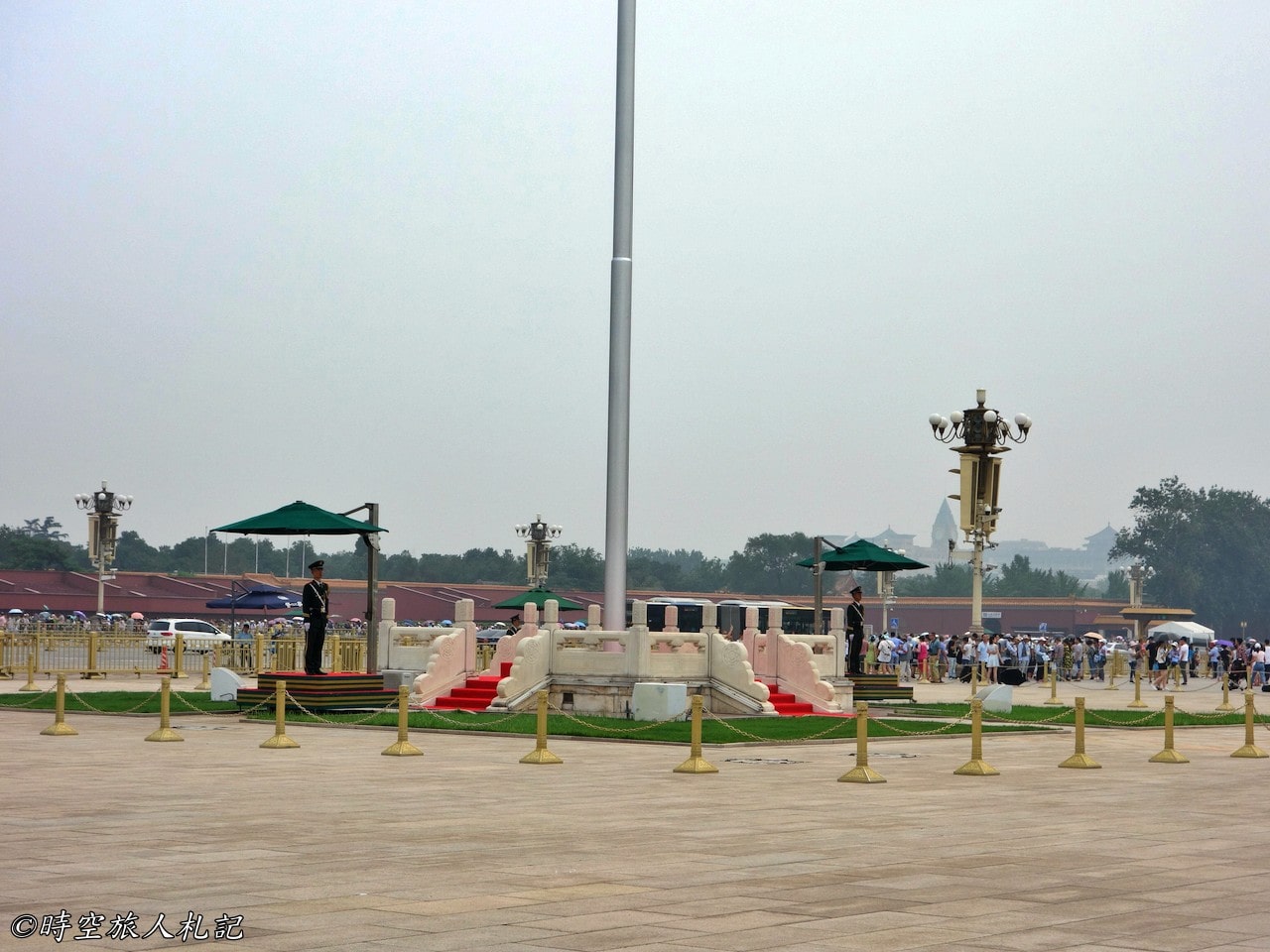
Directly across the Tiananmen Gate, as the main gate of the Imperial City, quite grand, right, now the door is affixed to the People's Republic of China and Chairman Mao statue, the atmosphere is significantly different. Tiananmen Gate was built in the Ming Dynasty Yongle eighteen years (1417), now in 2017 there are 600 years of history. At first it was called Chengtianmen (承天門) and was renamed Tiananmen (天安門) in the eighth year of the Shunzhi reign. The wall of Tiananmen can be climbed and the interior can be toured, but it was so crowded on this weekend that we didn't go to join in the fun.
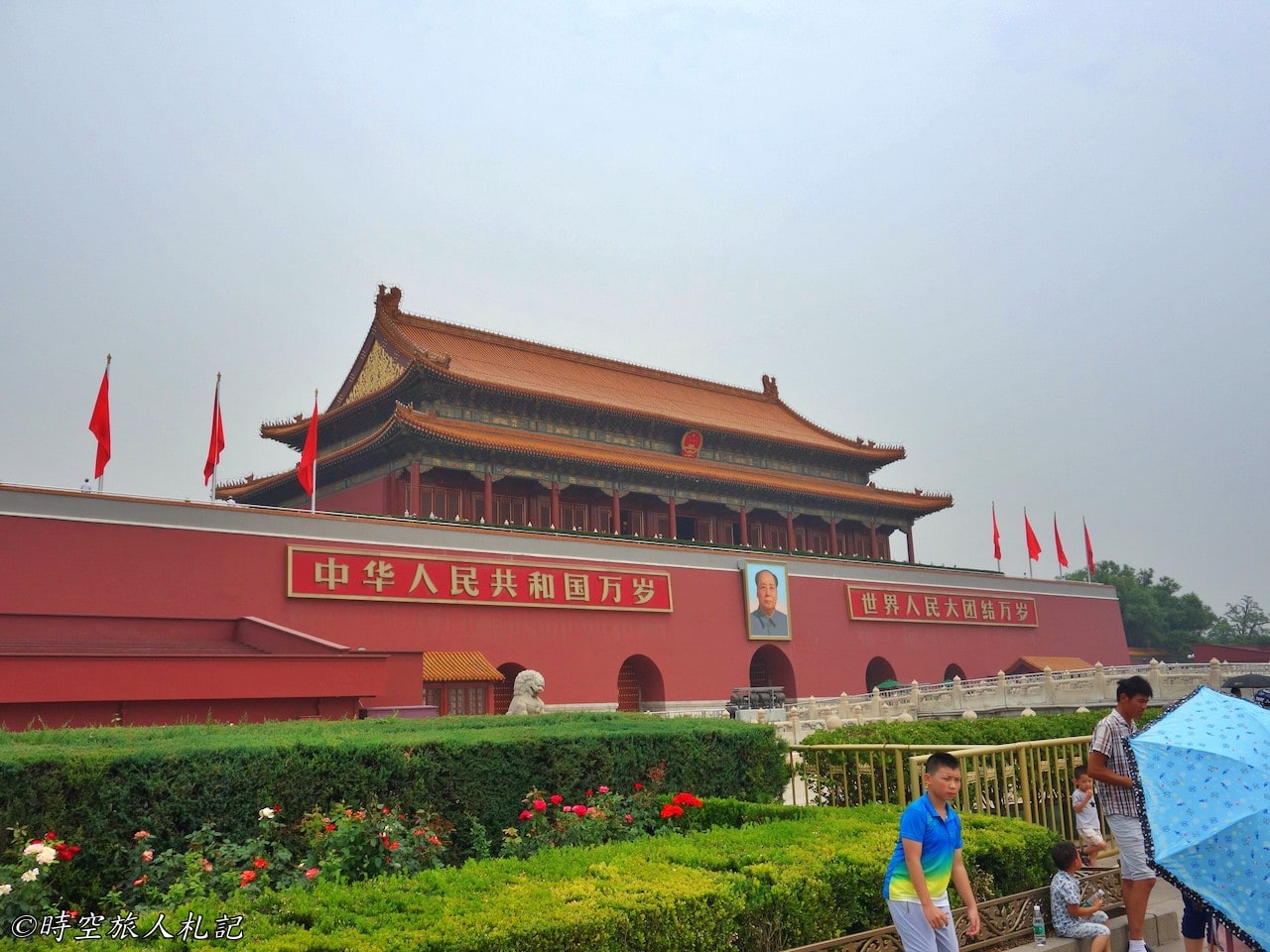
There are two important decorations here. The first is the Tiananmen Square Chinese watch, built in the 18th year of the Yongle reign of the Ming Dynasty, which is 9.57 meters high, made of white jade, with the upper end of the watch as a dew plate, which is an important decoration at the entrance of the Gate of Tiananmen Square. The second is the Tiananmen Stone Lion, also built in the 18th year of the Yongle reign of the Ming Dynasty, with the lioness playing the small lion and the male lion playing the ball.
Related Posts
- Beijing One-Day Tour: Great Hall of the People, Tiananmen Square
- Beijing One-Day Tour: The Forbidden City, Shizahai
- Beijing Food: Old Beijing Snacks
Thank you for visiting our website.
All the content on this site is original and shared with the purpose of providing valuable information. We sustain the operation of this site through a small amount of advertising and sponsored links. If you click on links to third-party merchants on our site and make purchases, we may receive a portion of the sales as a commission. If you click on links to third-party merchants on our site and make purchases, we may receive a portion of the sales as a commission.
Find more posts on a map Here.
My recommended resources for hotel bookings.
Recommended travel credit card for US-based travelers
Travel with just a backpack!
Buy me a coffee and support my contents!
If you are interested in quoting this article or using any part of its content and images on your website or publication, please contact us via email to request permission.
